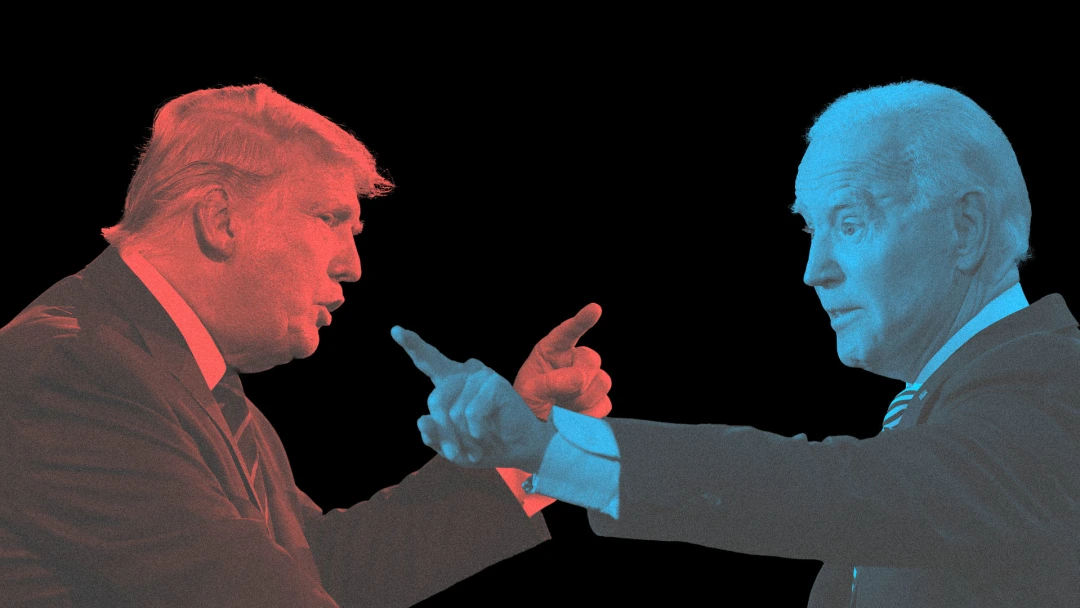Over the past year, the hashtag “#cleangirl” has gained traction within media platforms like TikTok, Pinterest and Instagram. The term is associated with individuals, primarily women, who have clear skin, well-coordinated outfits and minimalist makeup. The idolization of this polished appearance has led to a counter-reaction from those who grew tired of this highly structured “clean” lifestyle. In recent months, a new trend has emerged in response to the clean girl aesthetic: the “#messygirl”. The messy girl aesthetic embraces the idea of falling asleep with makeup on, bedhead, overindulgence in fast food and substance abuse. This surge in popularity of the #messygirl movement highlights the dangerous and polarizing nature of social media trends, where to reject them is to risk feeling isolated from your peers, but to accept them is to risk your health.
Upon initially encountering the #cleangirl aesthetic on TikTok, I was captivated. My feed was filled with videos featuring tan, blonde, women sipping green juice, attending early morning pilates classes, meticulously styling their hair and applying subtle makeup for a no-makeup look. The idealization of a flawless, put-together appearance attracted me, and I made earnest attempts to replicate the qualities promoted by the “cleangirl” trend. I purchased products from brands that promised consumers that if they bought their overpriced makeup, they would be “clean”. I did pilates classes and dressed in neutral colors, rejecting all of the color that I owned, adhered to a relatively healthy diet, as much as my sweet tooth would allow, all in an effort to embody the #cleangirl aesthetic endorsed by social media.
However, my fixation on perfection and orderliness took a turn with the introduction of the #messygirl trend. The messy girl aesthetic emerged as the antithesis to the perfection propagated by the #cleangirl trend. It represented the rebellious younger sibling of the clean girl, featuring images of underfed models smoking cigarettes in the back of taxis, presumably on their way to parties where they would participate in destructive activities. As a conscientious consumer, I, too, felt compelled to conform. I agreed that the clean girl aesthetic had become tiresome and embraced the chaos and disarray of the #messygirl aesthetic. Rather than aspiring to sleek hair, I looked forward to my unbrushed morning waves. Instead of attending pilates classes and going on “hot girl walks,” I relished lounging in bed all day, drifting in and out of sleep. My wardrobe shifted from tight-fitting athleisure to baggy shorts and quirky slogan tees (my favorite that I purchased in this era being the “F*ck You You F*cking F*ck” tee). Overall, every action and purchase I made in the past four months signaled a complete rejection of the aesthetic I had previously idolized.
To understand why both the clean and the messy girl trend emerged, it is essential to delve into their histories. While the term “cleangirl” only recently gained popularity in 2022, its roots date back several decades. The concept of subtle makeup, slicked-back hair, and bold eyebrows originated in the 1980s, thanks to black and Latinx women. However, it only garnered widespread recognition when thin, clear-skinned white women began to embrace the look, receiving validation on platforms such as TikTok. A search for clean girl aesthetics on Pinterest shows that it takes effort to find a person of color representing the trend, despite their contributions to its creation.
In contrast, the #messygirl aesthetic has problematic origins of its own. The aesthetic can first be traced back to the late 1990s and early 2000s, a period characterized by the celebration of “heroin chic.” This trend glorified models like Kate Moss, Naomi Campbell and Shalom Harlow while promoting dangerous weight loss practices. The #messygirl trend also romanticized a lifestyle devoid of purpose beyond heavy substance abuse and partying. This trend, which first appeared in the early 2000s, is now experiencing a resurgence with the idolization of models like Bella Hadid, who has faced extreme controversy surrounding rumors of her use of cocaine for weight loss.
Both the #cleangirl and its reactionary counterpart, the #messygirl, represents unhealthy extremes. The media’s propensity to inundate consumers with these unbalanced lifestyles can push young girls toward perilous extremes in the pursuit of beauty. While the clean girl aesthetic promotes a relatively healthy lifestyle that includes skincare, sleep, exercise and a balanced diet, it suggests that anyone who does not fit this ideal is “dirty.” This not only fosters a class divide when defining beauty but it also shames those who have hyperpigmentation or acne, by implying they are in some way “dirty”. Or “unclean” if they enjoy a sweet treat or something made of carbohydrates. Additionally, the clean girl trend incorrectly credits its creation to white, wealthy women, erasing the contributions of black and Latinx women.
On the other hand, the #messygirl trend gained popularity because it presented a stark departure from the structure of the clean girl. While the messy girl can highlight the importance of living life to the fullest, it may inadvertently encourage young individuals to engage in addictive and dangerous substance use, all in pursuit of an aesthetic.
When engaging with media trends, it is crucial to recognize that media thrives on the polarization of specific lifestyles. While consuming such content can provide aspirational goals and a rush of dopamine, it is important to acknowledge the dangers of idolizing trends. Maintaining a balanced lifestyle, regardless of what trends promote is essential for personal well-being.
The rise of the clean girl and messy girl underscores the polarizing nature of media trends. These extremes can place undue pressure on young, impressionable girls, to conform to unhealthy ideals. Acknowledging the potential consequences of these trends is a critical step in maintaining a healthy perspective on beauty and lifestyle choices.







